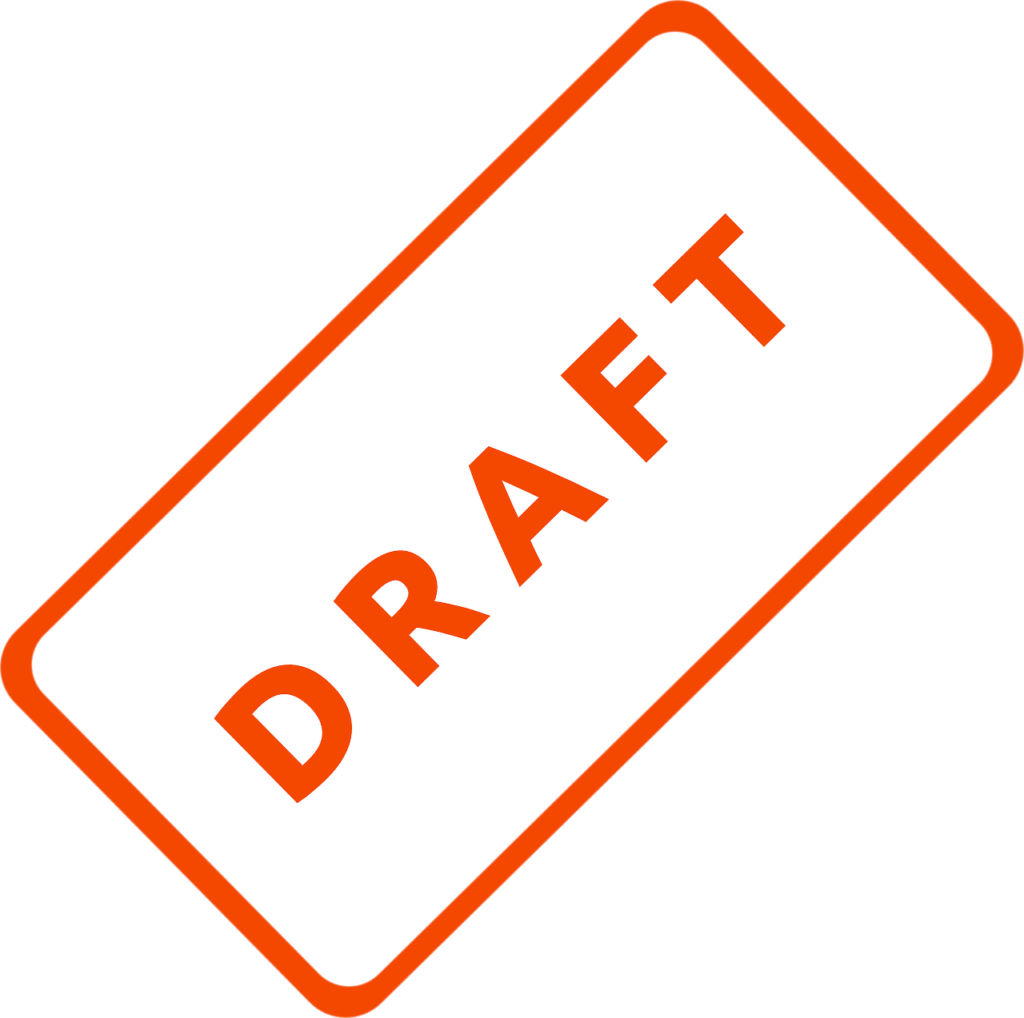In the rapidly evolving landscape of technology and innovation, securing intellectual property rights through patents has become more crucial than ever. Intellectual property rights not only protect innovations but also provide avenues for monetization and strategic advantage in the marketplace. However, patent drafting, the process of crafting a patent application, is a complex and meticulous task that demands precision, legal expertise, and a deep understanding of the technology involved.
As the world embraces artificial intelligence (AI) in various domains, the field of patent law is no exception. AI tools have begun to play a transformative role in patent drafting. They offer the promise of increased efficiency, accuracy, and cost-effectiveness, making them an attractive option for inventors, businesses, and patent professionals alike.
In this comprehensive article, we embark on a journey to explore the intricate world of AI tools for patent drafting. We will delve into the key considerations when evaluating these tools, the types of AI technologies available, real-world case studies showcasing their success, the challenges and limitations that need to be addressed, and finally, a glimpse into the future trends in AI-powered patent drafting.
Understanding AI in Patent Drafting
AI is playing a major role in the complex world of patent law. In this field, precision and technical expertise are crucial. The importance of AI in patent drafting is due to its ability perform tasks that previously required the expertise and painstaking effort of a patent lawyer. AI equipped with advanced algorithms in machine learning and natural language processing, such as those used for natural language processing, can analyze technical descriptions and legal requirements at an unprecedented speed and accuracy.
Automated document generation is one of AI’s primary functions in patent drafting. AI tools can quickly process technical information provided to them by inventors, and then translate it into patent applications and claim structures that are meticulously structured. Automation not only speeds up the drafting process, but also assures consistency in output. AI can also be used to analyze prior art, which is a crucial step in the patent-drafting process. AI helps patent professionals assess the novelty and non-obviousness a given invention by scanning databases of existing inventions and technologies.
AI also ensures that the complex legal frameworks governing Patents are adhered to. It carefully follows the formatting guidelines and legal requirements to reduce rejections caused by technical errors. AI is a powerful ally to patent professionals who are looking to streamline their workflow. Its precision and ability to process large volumes of data make it a valuable tool.

Key Considerations for Evaluating AI Tools
When contemplating the integration of AI tools into the delicate process of patent drafting, several vital factors demand careful evaluation. First and foremost is the aspect of accuracy and reliability. Patents are legal documents of utmost importance, requiring absolute precision. AI tools, while promising enhanced efficiency, must be rigorously tested for their ability to generate patent drafts with pinpoint accuracy. Real-world case studies can shed light on the practical performance of these tools, showcasing their strengths and identifying potential areas for improvement.
Speed and efficiency are equally critical considerations. In the world of patent applications, time is often of the essence. The ability of AI tools to expedite the drafting process is a significant selling point. Comparative analyses that pit AI-driven drafting against traditional methods can provide valuable insights into the time-saving potential. However, it’s essential to balance speed with the quality of the resulting patent drafts, ensuring that expediency doesn’t compromise accuracy.
Another pivotal factor in evaluating AI tools for patent drafting is cost-effectiveness. While the benefits of AI-driven drafting are substantial, it’s imperative to conduct a comprehensive cost analysis. This includes not only the initial investment in AI tools but also long-term considerations such as maintenance, updates, and the potential reduction in human resource costs. For startups and small businesses with limited budgets, the potential for cost savings can be a compelling reason to explore AI solutions.
User-friendliness and accessibility are aspects that should not be overlooked. AI tools should be designed to facilitate ease of use, especially for legal professionals who may not have extensive experience with AI technology. User testimonials and experiences can provide valuable insights into the user-friendliness of these tools. Additionally, accessibility, in terms of the availability of AI tools and their compatibility with existing systems, plays a crucial role in their successful implementation.
The consideration of intellectual property protection is of paramount importance when evaluating AI tools for patent drafting. Concerns may arise about the legitimacy and acceptance of patents generated with the assistance of AI. Therefore, it’s imperative to explore the legal safeguards and ethical considerations surrounding AI-generated patents. Real-world case studies can demonstrate instances where AI-generated patents have been accepted, helping to alleviate concerns and build trust in these tools.
These key considerations serve as a compass for patent professionals and businesses venturing into the world of AI-assisted patent drafting. They form the foundation upon which decisions about the adoption of AI tools in this domain are made. As we proceed, we will delve deeper into the different types of AI tools available for patent drafting, providing a comprehensive overview of their capabilities and limitations.
Types of AI tools for patent drafters
A diverse range of technologies and tools have emerged in the field of AI-powered drafting of patents, each with its own capabilities and advantages. We will now explore the main types of AI tools available in this field:
1. Natural Language Processing (NLP), and Machine Learning (ML )
NLP, and ML technologies have become the most important tools for AI-assisted Patent Drafting. NLP allows AI systems to understand and interpret human languages, which is essential for analyzing legal documents and technical descriptions. ML, however, allows AI to improve over time by learning from data. These technologies work together to automate a variety of aspects of patent writing, from generating applications to identifying prior art.
Pros & Cons: Tools that use NLP or ML excel at understanding technical language. They can also adapt to different industries, technologies and languages. They may need a lot of training data, and they may not be able to capture all the legal nuance.
Noteworthy Tools Notable NLP/ML tools for patent drafting: IBM Watson, Google Cloud Natural Language and OpenAI GPT-3.
2. Predictive Analytics:
Predictive analysis uses AI algorithms to predict future trends and outcomes using historical data. These tools are useful in patent drafting as they can help predict potential patent claims. This helps inventors and attorneys optimize their patent applications. Predictive analytics can identify patterns in vast datasets and suggest claim languages that are aligned with examiners preferences by analyzing vast datasets.
Pros & Cons: Predictive Analytics Tools can provide valuable insight into claim drafting and increase the likelihood of a patent being approved. Their effectiveness is dependent on the quality of the data used for training.
Popular Tools: The most prominent predictive analytics tools used for patent drafting are LexisNexis PatentOptimizer, and ClaimMaster.
3. Patent Search and Prior Art Analysis:
AI powered search and analysis tools can be very helpful in the early stages of patent preparation. They can quickly scan large patent databases and scientific literature in order to identify relevant prior arts. These tools allow patent professionals to assess the current knowledge in a specific field and determine the novelty of an invention.
Pros & Cons: Patent Search and Prior Art Analysis Tools Save Significant Time and Energy in the Early Stages of Patent Drafting. Their accuracy depends on the completeness of the databases that they access.
Notable Tools: Notable tools for patent searches and prior art analyses include Innography and Clarivate Derwent Innovation.
Each AI tool brings to the table a unique set capabilities, catering to various aspects of the process of drafting a patent. The selection of tools is often based on the needs and goals specific to patent professionals and inventors. We will continue our exploration by examining real-world cases to illustrate how AI tools have successfully been integrated into patent drafting processes, providing tangible benefits and insights.
Limitations and Challenges of AI in Patent Drafting
AI is not without its limitations and challenges. It is important to understand these limitations in order to make informed decisions regarding the integration of AI into the patenting processes.

1. Authorship and legal liability
These are two of the most important ethical considerations when it comes to AI-generated patent applications. Who is the author of a patent application generated by AI? Can AI be held responsible for inaccuracies and legal issues contained within the draft? These questions are largely unanswered, and they pose ethical dilemmas in situations where AI is a major contributor to the creation of patent claims.
2. Quality Control Issues
AI may have difficulty with legal and technical jargon. Human patent professionals must ensure the accuracy and quality of AI-generated drafts. Patent applications that contain errors or inconsistencies can lead to costly legal disputes or rejections.
3. Limitations in AI and potential errors
AI tools can only be as good as the data that they are taught on. AI can struggle to create accurate patent claims when an invention is outside of well-documented and traditional technologies. AI may also misinterpret context, or not consider the wider implications of a patent claim. This can lead to costly mistakes.
4. Resistance from Legal Professionals
Some legal professionals are opposed to the adoption of AI, including in patent law. Some fear that AI will replace human lawyers, resulting in job displacement. The resistance to AI can prevent the seamless integration of AI into the patenting processes, even when the benefits are obvious.
5. Patent Examiner Acceptance
AI-generated applications for patents may be met with skepticism by patent examiners. They are responsible for assessing inventions’ novelty and non-obviousness. It can be difficult to convince them of the merits AI-generated claims, and it could take some time before these tools are widely accepted within patent offices.
6. Data Privacy and Security
AI tools are based on large datasets which may raise privacy and security concerns. It is important to protect sensitive information in industries such as pharmaceuticals and biotechnology. When using AI for patent drafting, it is important to implement robust data security measures.
7. AI Lacks Legal Context Understanding
AI does not have the legal reasoning and contextual understanding capabilities that human patent attorneys possess. It can create patent drafts using patterns and data but may have difficulty with concepts that require complex legal arguments or context-specific knowledge.
It’s vital to keep a balanced view of the challenges and limitations of AI when integrating it into patent drafting. AI is a valuable tool that can enhance efficiency. However, it shouldn’t be used to replace human expertise. In order to use AI effectively in patent drafting, it is important to combine the strengths of AI with human professionals. This will result in high-quality applications that can withstand legal scrutiny.
Top of Form

